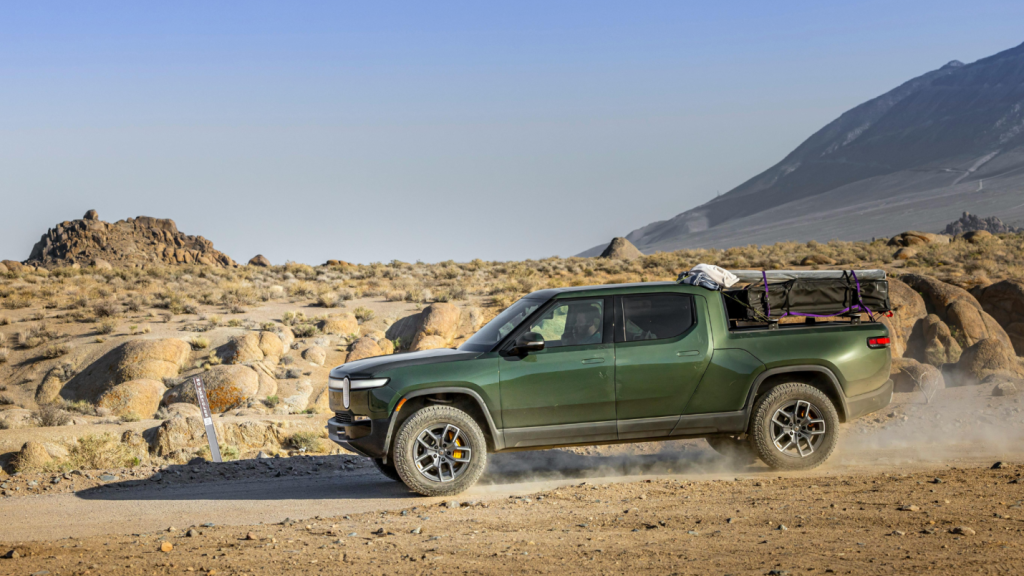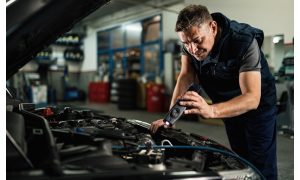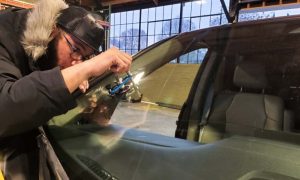Ways to Prevent Rust and Body Damage on Your 4×4’s Undercarriage

Protecting Your Rig from the Ground Up
Off-roading pushes your 4×4 to its limits, and while these vehicles are engineered to handle the grit and grime of the trail, one area that often suffers silently is the undercarriage. Mud, water, rocks, and road salt all pose serious threats to the structural integrity of your vehicle over time. Left unchecked, rust and body damage can weaken vital components and lead to expensive repairs—or worse, unsafe driving conditions.
Fortunately, with the right habits and protective measures, you can extend the life of your 4×4’s underbody and keep your rig looking and functioning its best. Here are the top ways to prevent rust and body damage on your 4×4’s undercarriage.
1. Regularly Wash the Undercarriage—Especially After Trail Runs
After a day on the trails, it’s common to focus on rinsing off the body of your vehicle—but the undercarriage needs just as much (if not more) attention. Mud, sand, salt, and other debris cling to hard-to-see areas and create the perfect environment for rust.
Use a high-pressure hose or undercarriage attachment to clean the suspension, axle housing, frame rails, and crossmembers. Pay close attention after driving through water, snow, or mud, and especially after any trip involving road salt or briny off-road conditions.
2. Inspect for Damage After Each Off-Road Trip
Even minor scrapes and dings on the undercarriage can remove protective coatings and expose bare metal to moisture. After a trail ride, do a quick crawl underneath your vehicle and inspect for dents, scrapes, or loose parts.
Look for signs of recent impact like shiny metal, missing paint, or fluid drips. If something looks off, a quick patch job now could save you from expensive repairs later.
3. Apply Undercarriage Coatings and Rust Protectants
Preventative coatings are one of the best defenses against rust. Products like rubberized undercoatings, wax-based sealants, or oil-based rust inhibitors create a barrier between the metal and moisture.
Before applying any coating, make sure the surface is clean and dry. It’s also smart to treat your vehicle during dry seasons or before winter sets in. Some coatings can be DIY, but for more extensive protection, consider having it applied professionally—especially for newer rigs.
4. Install Skid Plates and Rock Sliders
Protection isn’t just about preventing rust—it’s also about stopping physical damage before it happens. Skid plates, rock sliders, and reinforced bumpers shield vital undercarriage components like your oil pan, transfer case, and fuel tank from impact.
These upgrades are especially useful if you drive in rocky or uneven terrain where bottom-outs are common. Skid plates take the abuse so your vehicle doesn’t have to, keeping the frame and sensitive parts protected from serious damage.
5. Avoid Prolonged Exposure to Water or Mud
While splashing through streams or tackling a muddy bog might be part of the fun, prolonged exposure to moisture accelerates corrosion. Water often pools in hidden areas like inside frame rails, between skid plates, or around body seams.
If your trip includes water crossings or deep mud, make sure to thoroughly clean and dry the undercarriage afterward. Leaving it caked for days only increases the risk of long-term corrosion.
6. Touch Up Paint and Protective Layers After Damage
If you find that a rock strike or branch scrape has removed paint or undercoating from your vehicle’s underside, act quickly. Clean the area, sand down any surface rust, and apply primer and rust-resistant paint or undercoating.
Touch-up sprays are easy to use and available at most auto parts stores. Addressing exposed metal early prevents rust from spreading into a larger issue that compromises structural integrity.
7. Get Annual Undercarriage Inspections
Even with all the DIY care in the world, it’s a good idea to get a professional inspection of your undercarriage at least once a year. A trained 4×4 repair mechanic can identify early signs of rust, loose components, or stress cracks that might go unnoticed.
They’ll also be able to check for issues like leaking differentials, compromised brake lines, or hidden body damage—issues that might be hard to spot without a lift or experienced eye.
Your 4×4 was built to roam off the beaten path, but its undercarriage faces a constant barrage of abuse from the terrain. Without proper care, rust and body damage can quietly eat away at your vehicle’s performance and safety.
By combining regular cleanings, protective coatings, smart upgrades, and proactive inspections, you can dramatically reduce the risk of long-term undercarriage issues. And when in doubt, trust the expertise of a professional 4×4 mechanic to help you preserve the integrity of your rig—so it’s ready for the next adventure.





